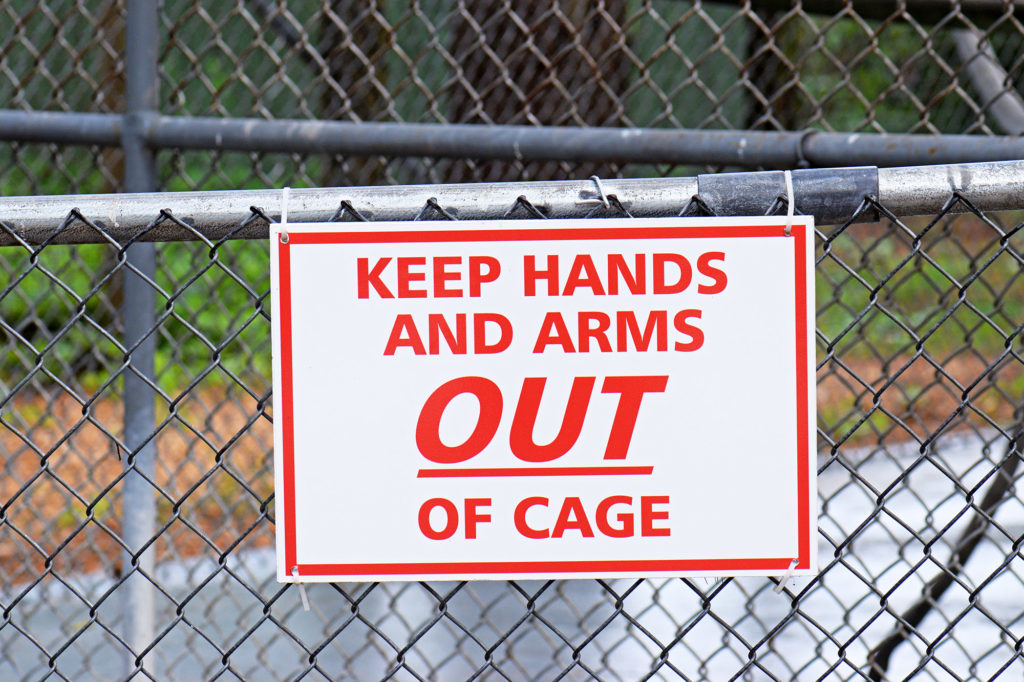
Guide 1B Laboratory
Products
Quiz, Media, & Portfolio Directions
Review Laboratory Contents
Laboratory Objectives
Safety
List and personalize essential laboratory and field safety procedures.
Stewardship
Define stewardship and explain how it relates to responsible animal care and handling.
Animals and Humans
Describe and provide examples of various ways humans interact with other animal species.
Artificial Selection
Compare artificial selection to natural selection and give multiple examples of artificial selection in animal species.
Dogs
Provide possible explanations of how dogs descended from wolves, including the role and possible problems associated with artificial selection.
Laboratory Quiz
Laboratory Media Piece
Introduced in Safety section of this guide:
For this assignment you will be submitting a personalized safety checklist. This checklist will include safety protocols for the laboratory and field. You can group the procedures under different headings like “lab safety” or “outdoor safety.” You can modify the list provided below.

Include in your safety checklist:
-
Safety procedures for both the laboratory (indoors) and field (outdoors).
-
Personalized procedures for your location and equipment available. For example, if you use electrical equipment near water in your bathroom, that probably needs a line in your checklist.
This is Lesley’s checklist. Some of the things are personal based on past experiences.
You can adopt any procedures/ideas that seem appropriate for your use. You are designing a checklist for your own locations, situations, and personal behaviors.
Your safety checklist can have headers, or a different organization. Whatever makes it most effective for use.
- Avoid potentially hazardous situations, even if it means missing a photo or video opportunity.
- Consider the safety of other people and animals at all times, especially our cats.
- Clean up work spaces, don’t leave any potentially dangerous materials behind.
- Communicate any safety concerns to Mark or whoever else may be involved.
- Follow safety directions on signs, in activities, and on product labels.
- Carry a safety kit everywhere, all the time.
- Wasp sting? Immediately take benadryl and prednisone. Epipen if necessary.
- Seek medical assistance if at all unsure about treatment.
- Wear gloves when needed; wash hands frequently.
- Wear a mask, especially while working around potential rodent feces.
- Wear protective footwear and clothing, including sun hats and long sleeves.
- Watch loose hair and clothing around animals, chemicals, and flames.
- Wear safety goggles or other protective eyewear when working with chemicals or walking along trails with low-lying branches.
- Take breaks, avoid over-exertion and use cane even if feeling great.
- Avoid “playing” with animals to reduce chance of unintentional injury (to me and/or the animals).
- It should be obvious, but don’t taste or smell without care to reduce hazard.
- Don’t eat or drink around chemicals, animals, or waste products.
- Add new safety procedures when needed.







